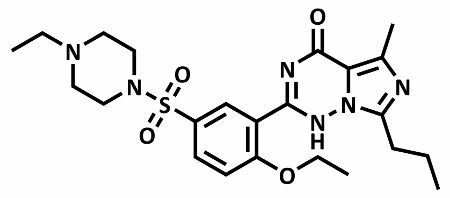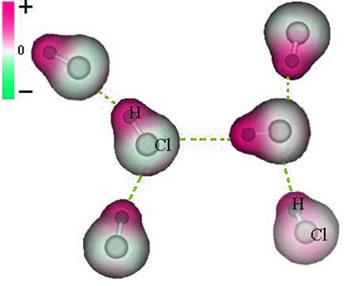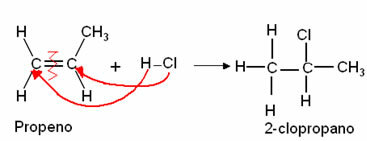THE Water is found in nature in three physical states, to know: Liquid, Solid and Gaseous.
Thus, the water cycle corresponds to the movement of water in nature and, therefore, presents the processes of water transformation.
In other words, changes in the physical states of water occur through processes called: Fusion, Vaporization (Boiling and Evaporation), Solidification, Liquefaction (Condensation) and Sublimation.
 Physical State Changes
Physical State Changes
To know more: Water and water cycle
The Three Physical States of Water
Depending on its form, water can be found in three ways:
Liquid state
Found mostly on the planet through rivers, lakes and oceans; the liquid state has no form of its own.
Solid state
In the solid state, water has a shape, such as ice cubes. This happens because the water molecules are very close together due to the temperature.
gaseous state
In the gaseous state, water particles are far apart and, therefore, do not have a defined shape.
Changes in Physical States of Water
Changes in Physical States of Water are divided into 5 processes, to know:
Change of solid state to liquid state of water, caused by heating, for example, ice that melts on a hot day.
In addition, the so-called "Fusion point" (PF) is the temperature at which water changes from solid to liquid. In the case of water, the melting point is 0°C.
Change of liquid state to gaseous state by heating the water. Thus, the "Boiling Point" (PE) of a substance is the temperature at which that substance changes from a liquid to a gaseous state and, in the case of water, is 100°C.
Remember that the Boiling and the Evaporation they are actually types of vaporization. The difference between the two lies in the speed of heating, that is, if it is carried out slowly, it is called evaporation; however, if carried out with rapid heating, it is called boiling.
Change of liquid state to solid state caused by cooling or cooling. Also, the "Point of Soldification" of water is 0ºC. The most visible example is the water cubes that we put in the fridge to make ice cubes.
Also called Condensation, this process identifies the change of gaseous state to liquid state arising from cooling (cooling). As an example we can mention: frost and dew on plants.
Change of solid state to gaseous state, through heating. It also calls the change of the gaseous state to solid state (ressublimation) by cooling, for example: dry ice and mothballs.
Also read about:
- Physical State Changes
- Colligative Properties
- Physical States of Matter
- Physical and chemical transformations
- Exercises on water



